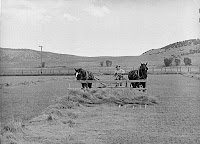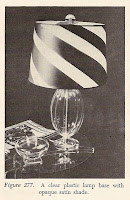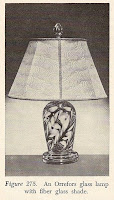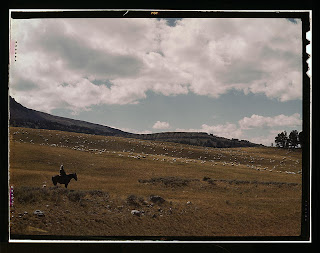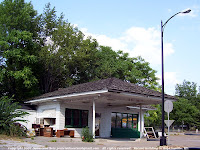Story behind an Advent hymn
 |
| Early winter sunset in Christian County, KY |
When we lived in Germany, I experienced the shortest winter days and longest winter nights I've ever seen! In Berlin, the sun set before 4:00 p.m. in December and January and didn't rise until 8:00 a.m. Winter was a very dark time there. (Berlin lies about 7° farther north than Montreal, Canada, believe it or not.)
"The Night Will Soon be Ending," a German Advent hymn, was penned in 1938 by novelist and poet Jochen Klepper (1903-1942). Klepper's knowledge of long winter nights and his personal experience with the Nazi regime were surely on his mind as he wrote this poem about darkness, light, hope, and promise. Here is the first verse (as translated by Herman G. Stuempfle, Jr.)
The night will soon be ending; the dawn cannot be far.
Let songs of praise ascending now greet the morning Star!
All you whom darkness frightens with guilt or grief or pain
God's radiant Star now brightens and bids you sing again.
In the new LCMS hymnal, "The Night Will Soon Be Ending" is set to the Welsh tune "Llangloffan." But in Germany, the hymn has been sung since 1939 to a melody composed for it by Johannes Petzold.
The story of Klepper's life is tragic. Jochen Klepper was married to a Jewish lady named Hannah ("Hanni".) Hanni had two daughters, Brigitte and Reni, by a previous marriage. The Kleppers sent the older daughter Brigitte to England in 1938, the same year that Klepper wrote "The Night Will Soon Be Ending." They could not bear to send little Reni too, so she stayed with them in Germany. Later, they tried to get an exit visa for Reni, but they were denied repeatedly. They also faced a mandatory divorce because it was illegal for a Jew to be married to a German.
 |
| German stamp honoring Jochen Klepper |
Klepper's diary was used as evidence in the trial of Adolph Eichmann.* A collection of excerpts from the Klepper diary, In the Shadow of His Wings, was published in 1956. I could not find a copy at any of my usual internet booksellers.
Several short histories of Klepper's life are available online. One article explores the role of German Mennonites in World War II as related to some events in Jochen Klepper's life. Another article on a Lutheran website discusses Klepper's theology and spiritual life in addition to the story of his life.
_ _ _ _ _
*I clearly remember news reports and adult talk about the Eichmann trial during my childhood, though I did not grasp the full significance of it at the time.







